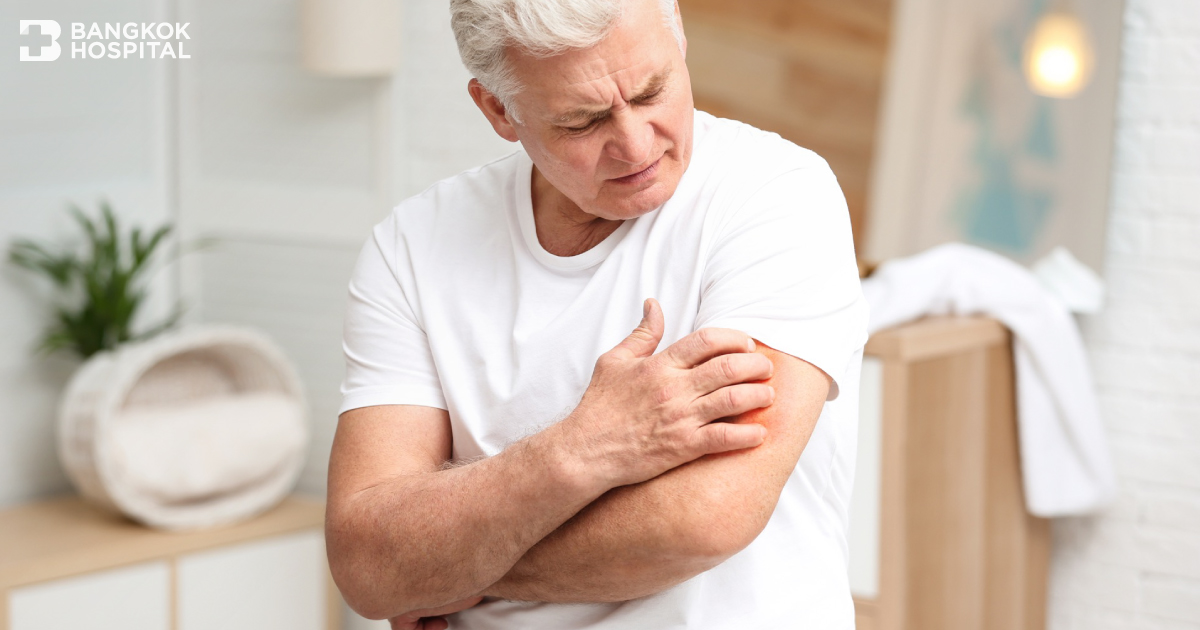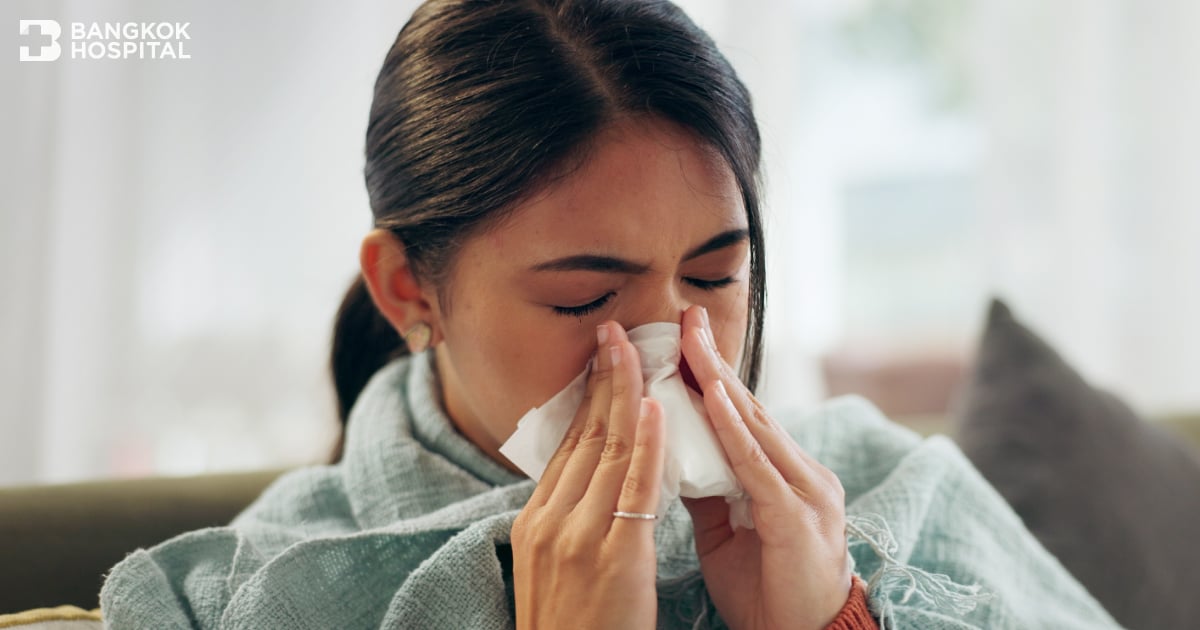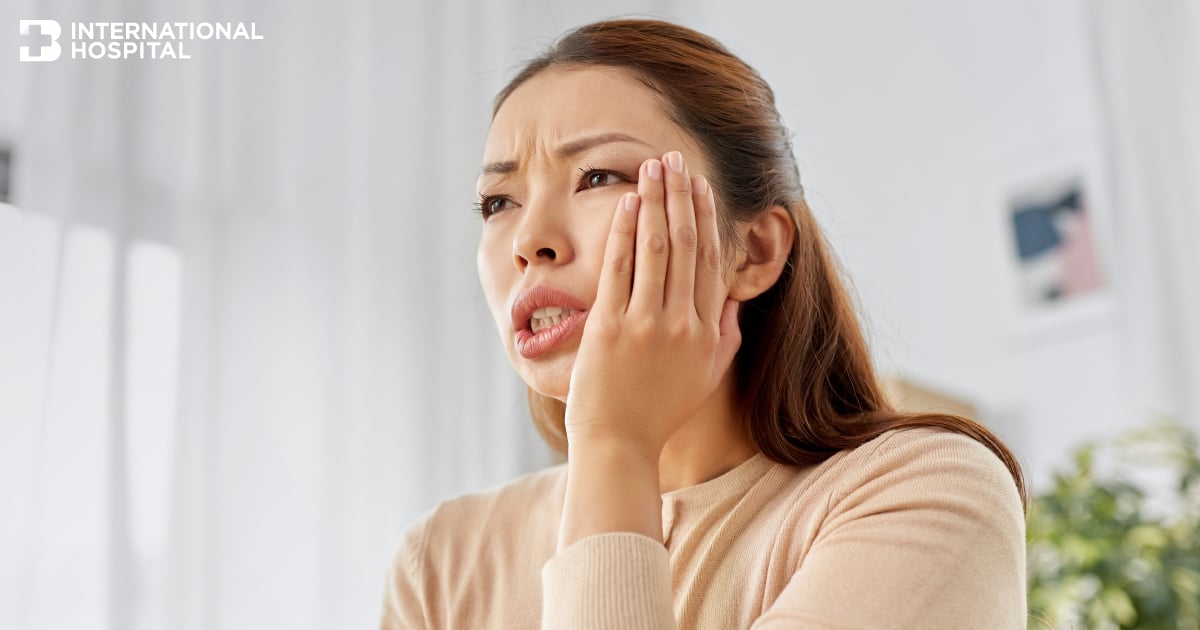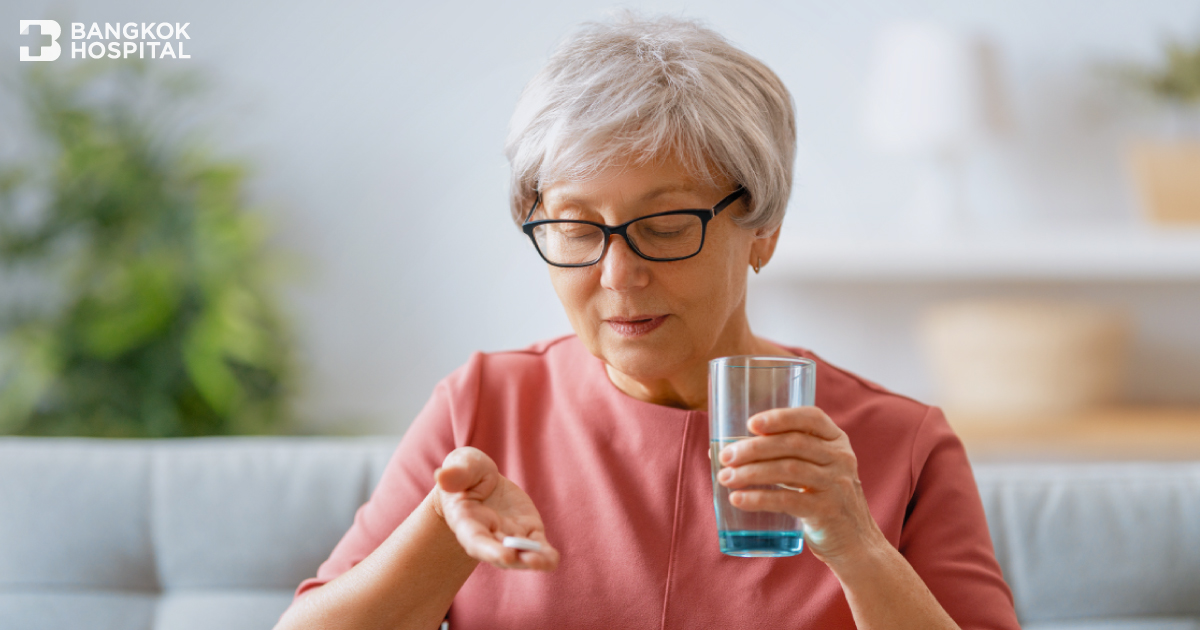Understanding Herpes Zoster
Herpes Zoster, also known as Shingles, is a type of skin disease caused by the Varicella Zoster Virus, which is the same virus that causes chickenpox. It leads to inflammation of the nerves, causing burning pain and a rash along the nerve pathways. It is commonly found around the waistline or rib cage, but it can also appear on the face or limbs.
Severity of Herpes Zoster
Elderly individuals tend to have a wider spread and severity of the disease with age. Over half of the patients over 60 years of age who develop shingles will experience post-herpetic neuralgia, a condition where nerve pain persists for months or even years after the infection. The pain can be severe enough to interfere with daily life, affecting eating and sleeping habits, resulting in stress, and in some severe cases, leading patients to not want to continue living due to the pain.
Who is at risk of Herpes Zoster
Anyone who has had chickenpox is at risk of developing shingles, with the risk increasing with age due to decreased immune function. The incidence of shingles is about 30% in the general population and increases to 50% in individuals who are 85 years old.
Preventing Herpes Zoster
The best way to prevent shingles is through vaccination. All elderly individuals aged 60 and above should receive the vaccine if there are no contraindications. This also applies to individuals who have previously had shingles, as the vaccine can reduce the risk of recurrence and alleviate complications, especially nerve pain that often follows.
Side effects of the Herpes Zoster vaccine
The side effects of the herpes zoster vaccine are not severe, with about 1 in 3 people experiencing swelling, redness, and itching at the injection site, similar to other vaccines. These symptoms typically occur within the first 1-2 days after vaccination and usually resolve on their own. Other side effects may include headaches, which occur in approximately 1 in 70 individuals receiving the vaccine.





